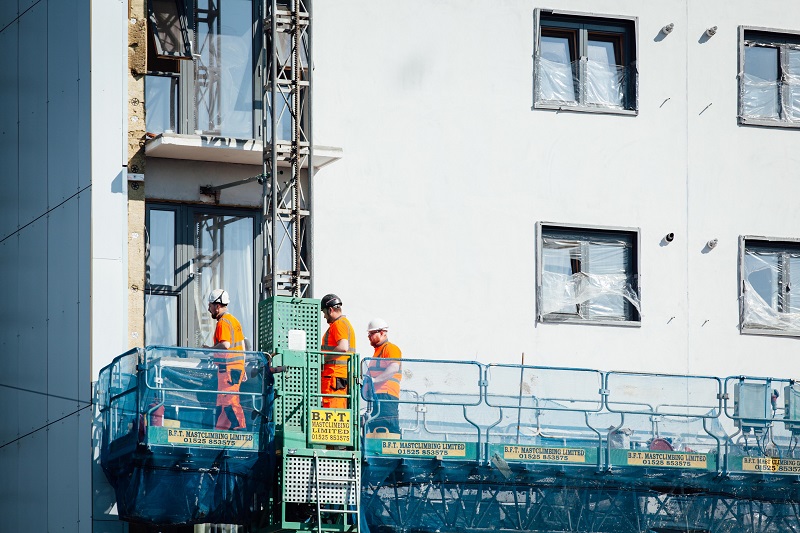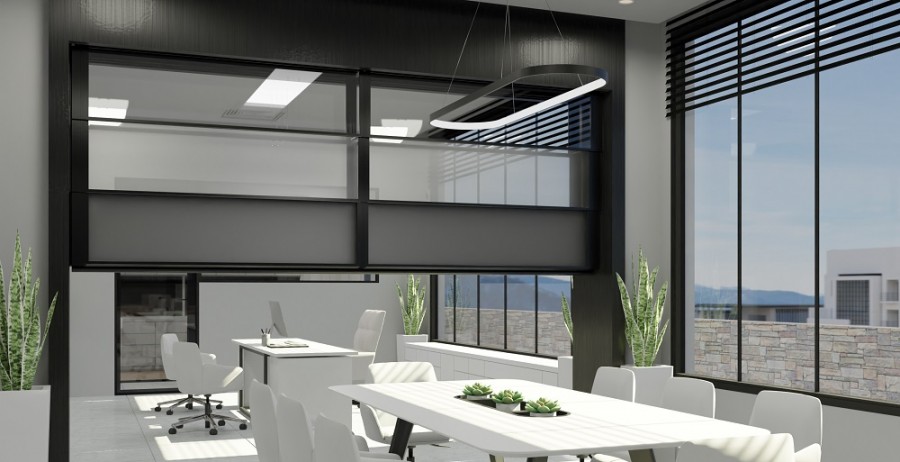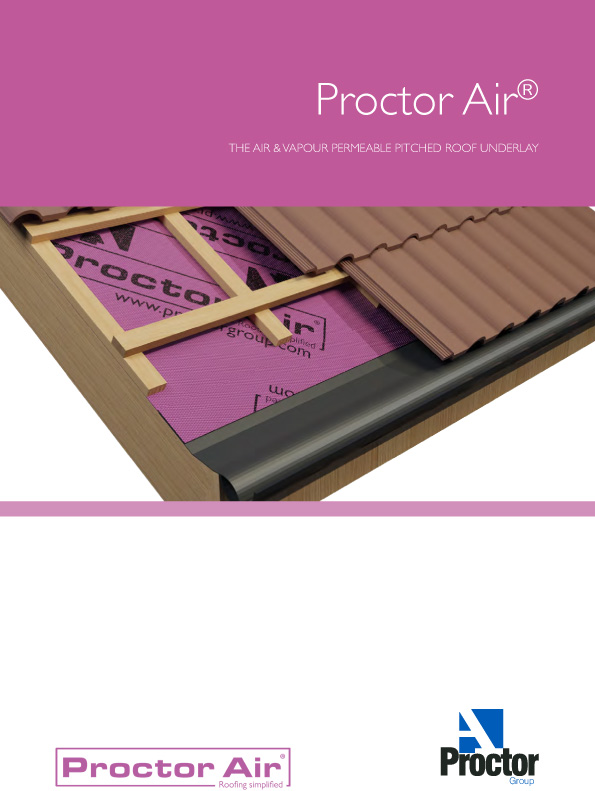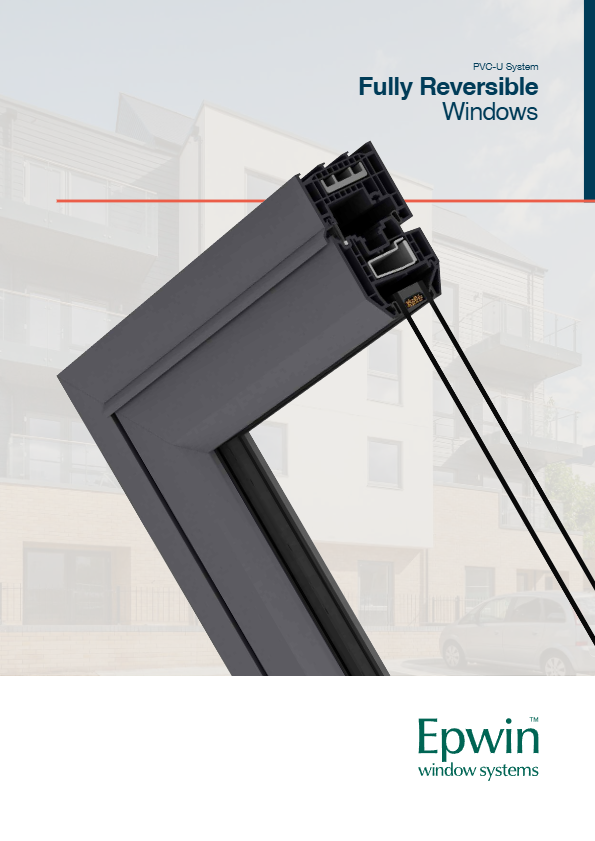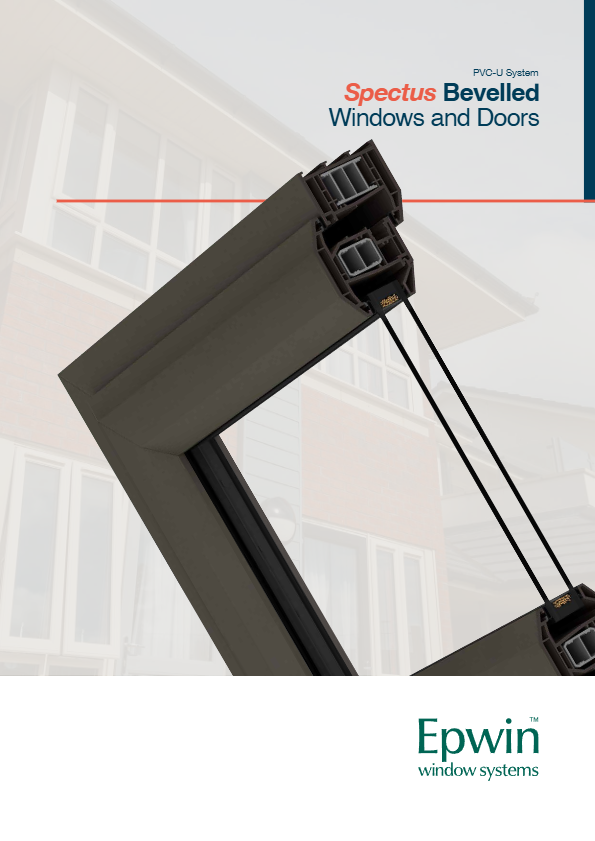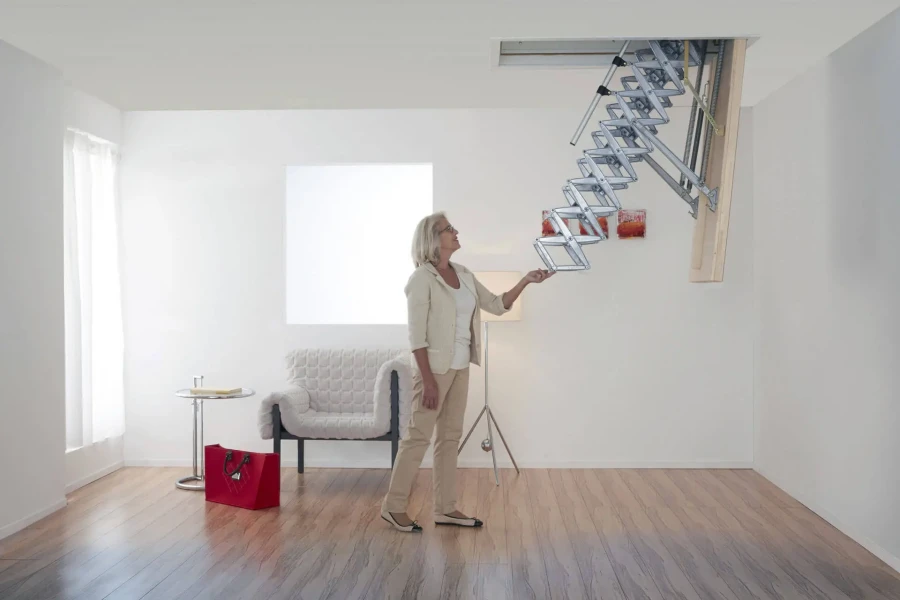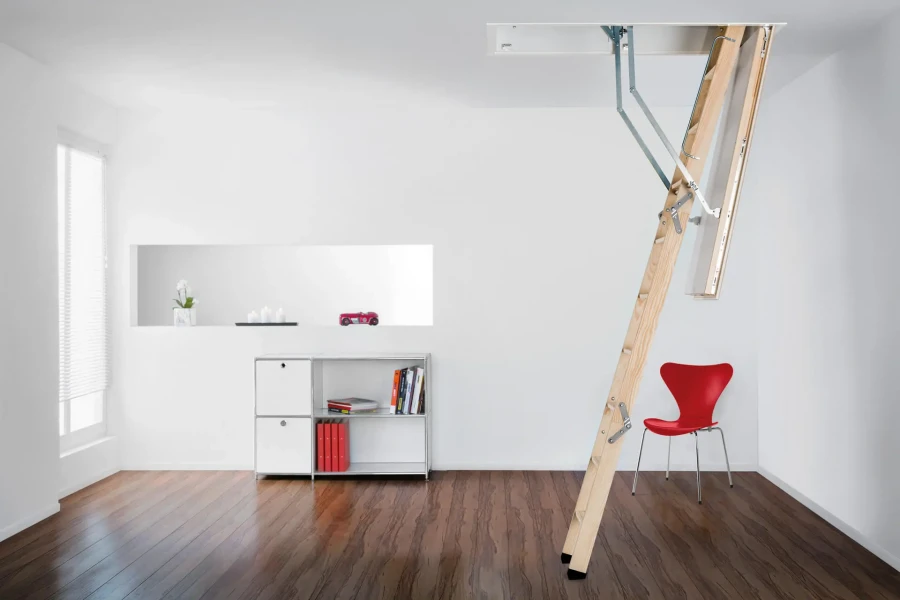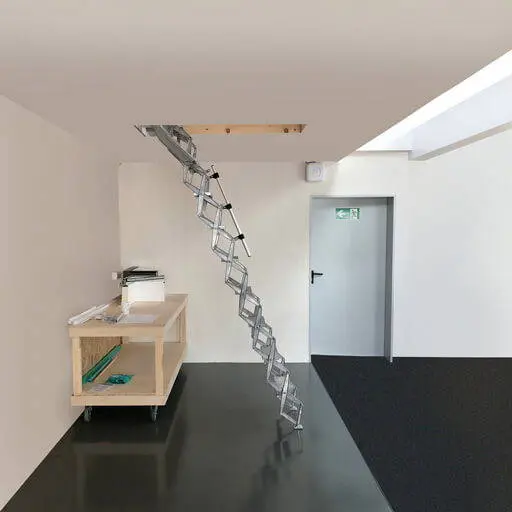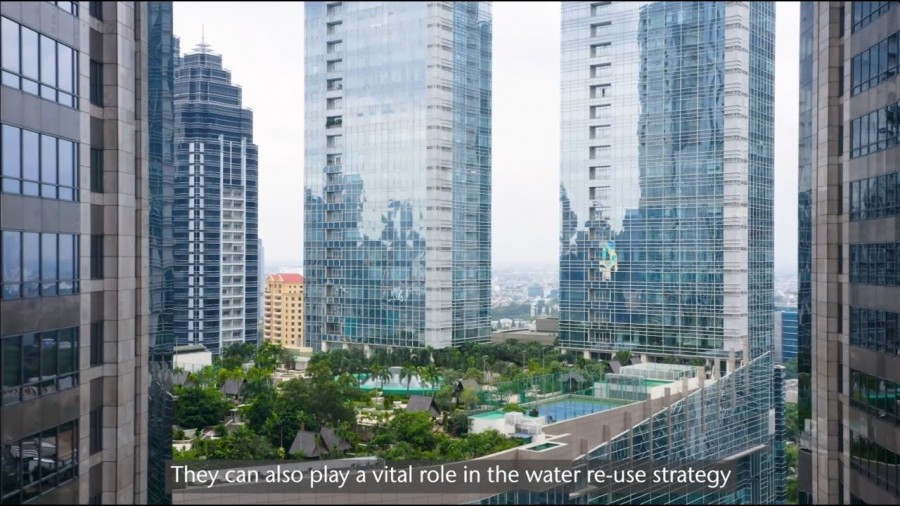Creating a 17.9 km bypass to improve traffic flow, the new Gdansk road is being built as part of a programme of infrastructure improvements which includes those for the forthcoming Euro 2012 football tournament. Tensar International’s TriAx® design solution has been used in the sub-base to help combat differential settlement across the poor soil of the Wistula river delta and minimise frost heave caused by Poland’s severe winters.
“The ground has a high water level and the typical weak organic consistency of estuarine silt deposits,” comments Dr. Jacek Kawalec, Tensar’s Eastern European Business Manager. “While the main support is achieved through concrete piling, the consulting engineers were concerned to reduce the effects of any possible differential settlement.
“They asked us to provide a Tensar TriAx® design solution to mechanically stabilise the sub-base of the road, so minimising any differential settlement. Additionally, the solution is quick and easy to install, and requires less aggregate than conventional road design. It also provides protection against any movement as a result of the sub-zero winter temperatures which last three months on average.”
The 17.9 km road comprises two 3.5m wide lanes in each direction, plus 2.5m of emergency lane at each shoulder; the minimum crown width is 27m. As well as the supporting piles, vertical drains and additional embankments were employed where required Tensar TriAx® was employed across the whole width and length of the route. .
Gdansk is Poland’s most important seaport and industrial centre and the new road, started in 2009, connects Poland’s major highway (N7 to Warsaw) with the A1 motorway, the N6 and access to the harbour. The total value of the three year road construction is 1.1 billion PLN (€272million) and is co-financed by the Generalna Dyrekcja Dróg Krajowych I Autostrad and the EU Cohesion Fund.
“Traffic studies indicate that approximate 30,000 vehicles a day currently use existing routes, and estimate that there will be a reduction of 12-14,000 vehicles on these congested roads, once the new route is built,” continues Jacek. “This will be of great benefit to local vehicle users; additional green belts and acoustic screens will minimise the ecological impact of the road.”
Client: Generalna Dyrekcja Dróg Krajowych I Autostrad (General Direction of National Roads and Highways)
Contractor: Bilfinger Berger
Consulting engineer consortium: Zakłady Budownictwa Mostowego Inwestor Zastępczy and ECM Group Polska








